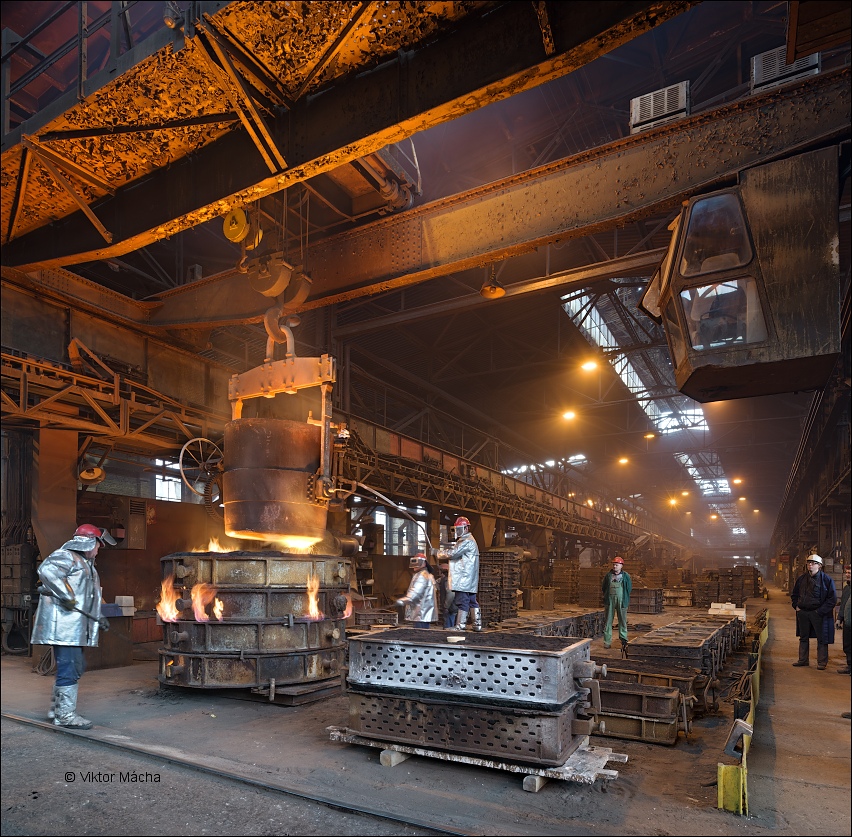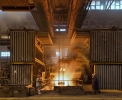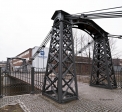
Huta Małapanew
The very first ironworks on the banks of the river Malapanew, surrounded by woods and near the iron-ore deposits were established in 1753 already following the order of King Frederick II. Two charcoal furnaces were built on the former water mill grounds just year later.
The works stepped into history soon after when the coke was replaced by the charcole during the smelting process for the first in Europe there. Since 1791, the original clay moulds were replaced by sand casting and the production range expanded with steam engines parts, gears, chains and bridge construction. The very first cast-iron bridge was made in 1796. The chain bridge over the river Malapanew was put into operation in 1827 and as the oldest of its kind in Europe is still in use.
In the beginning of the 20th century the plant consisted of open-hearth steel shop (2x5 tons), iron foundry, cylinders machining shops and tool shop. In the following years the first arc furnace (Heroült process) was installed.
After World War II the greatest expansion occurs. New molding line was built and the largest european arc furnace (18 t, brand Birlec) was put in operation.
Today, the oldest polish foundry produces steel casts and gray iron casts from 5 to 15 tons of weight, which are used mainly in the metallurgy, railway and construction industries.

















